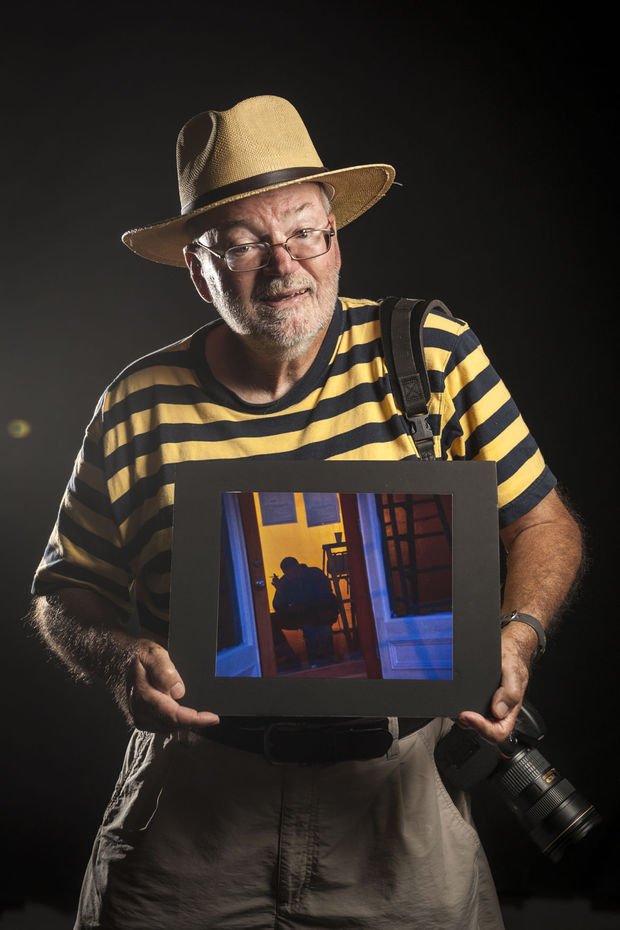
Most things, no matter how trite and mundane, have intrinsic beauty or interest when presented in just the proper way. This is the core premise underlying Forensic Foraging, an alternative technique for digital photography. This emerging motif employs the same throwback principles that made color photography great during the heyday of the New York School, perhaps beginning as early as the 1940’s with Saul Leiter.
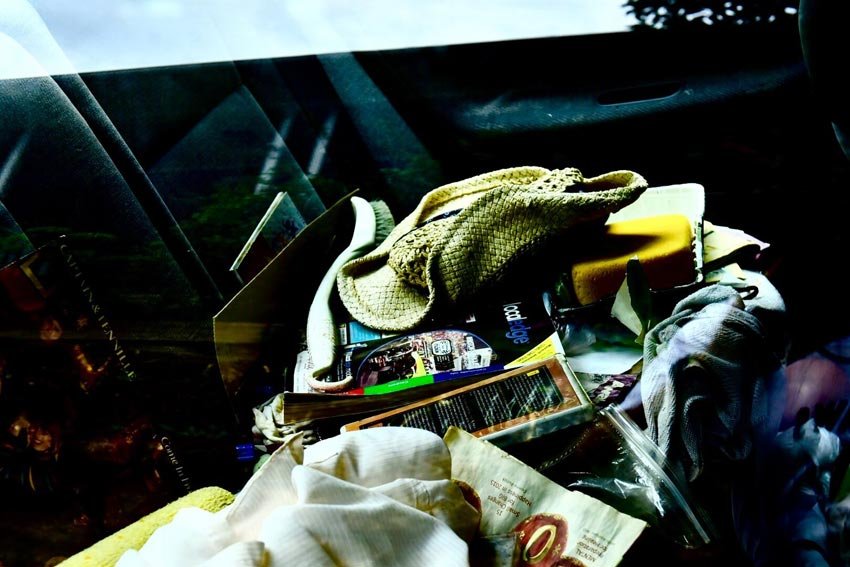
Creative framing, high contrast, and very heavy color saturation are key elements. Moreover, the forage, borrowed from early forensic crime scene photography, employs the intense sifting, sorting, and shooting of all available subject matter.
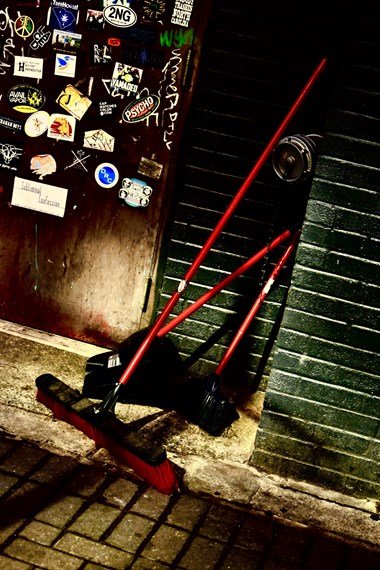
The objective is to unlock hidden beauty or at least to reveal the less obvious elements of interest. Sweeping minimalist wanderlust was first unleashed by Stephen Shore in groundbreaking color images published in American Surfaces and Uncommon Places. These works remain the Holy Grail for Forensic Foraging.
There might appear to be little of value in chronicling the cluttered back seat of a VW or in capturing brooms propped helter skelter against an urban wall. However, color, texture, framing, and funky content somehow conjure up questions for the viewer about such images.
Forensic Foraging does not seek to provide hard and fast answers. It rather provides a paradigm to ask questions that might have otherwise slipped by unnoticed. It seeks an alternative viewpoint.
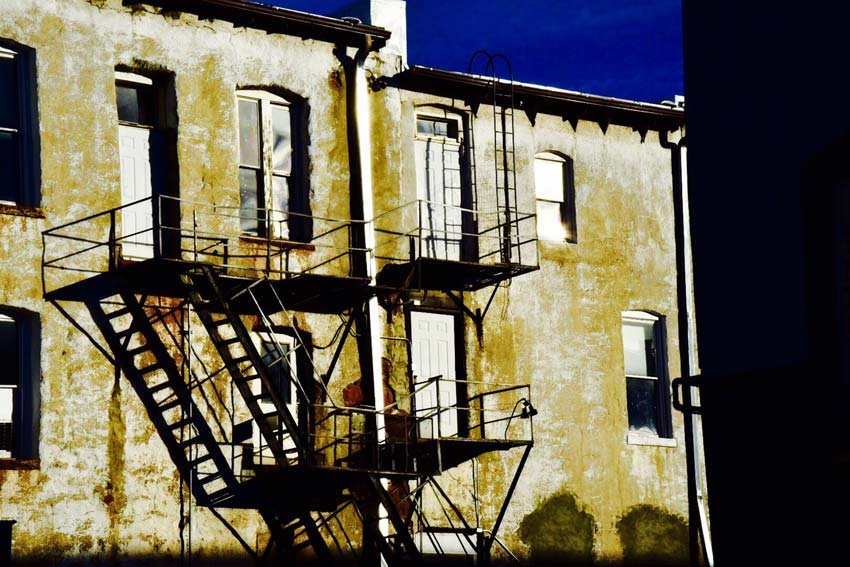
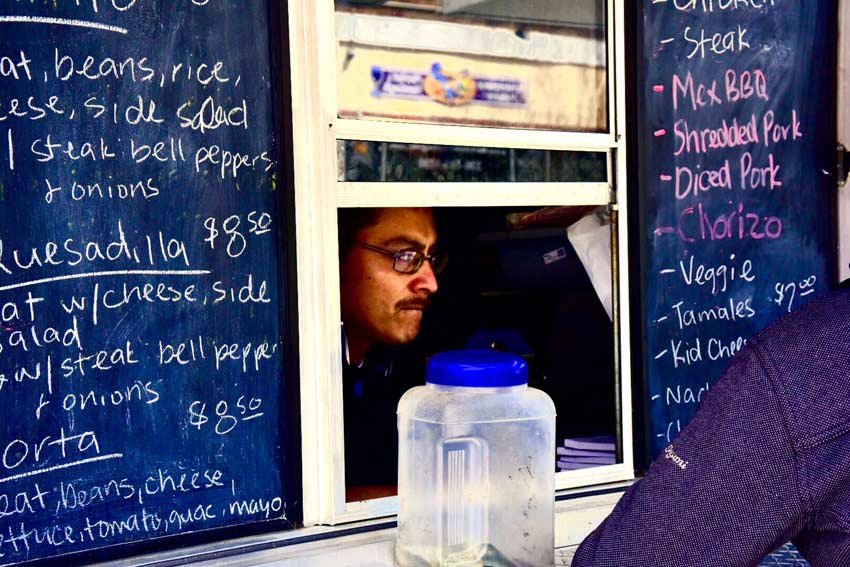
This variable perspective is achieved using time tested, seminal photographic techniques. I mostly eschew tack sharp digital images, embellished by extensive computer post processing. In many ways, this new genre produces classic, film-like images, even while utilizing modern digital equipment.
Forensic Foraging is joined at the hip with street photography. Spontaneous portraits like North Bronx Lovers allow the forage to capture the heartbeat of the city. The iconic work of Walker Evans and Robert Frank lives on in this nuanced approach to digital shooting. Old techniques yield stellar portraits of today’s urban life. Minimalist photography is my bread and butter. Less for me often yields more as I strive to unlock the unseen.
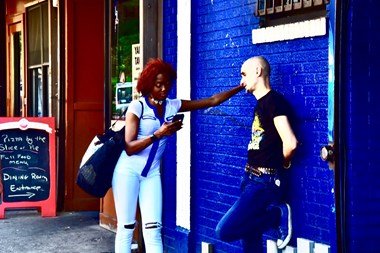
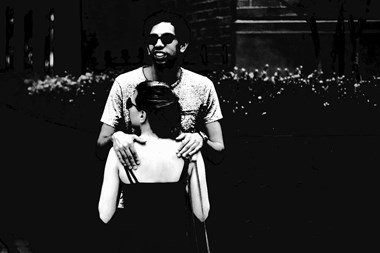
I still shoot a bit of monochrome with Forensic Foraging. This is a continued nod to the monumental work of Evans and Frank. It is also homage to the great combat photographers who mentored me during the Jungle War. Tri-X film was the rule in Vietnam, and I have learned to mimic it with today’s digital equipment.


Featured photo above Ghost Town Find
Follow us!Share this post with your friends.

